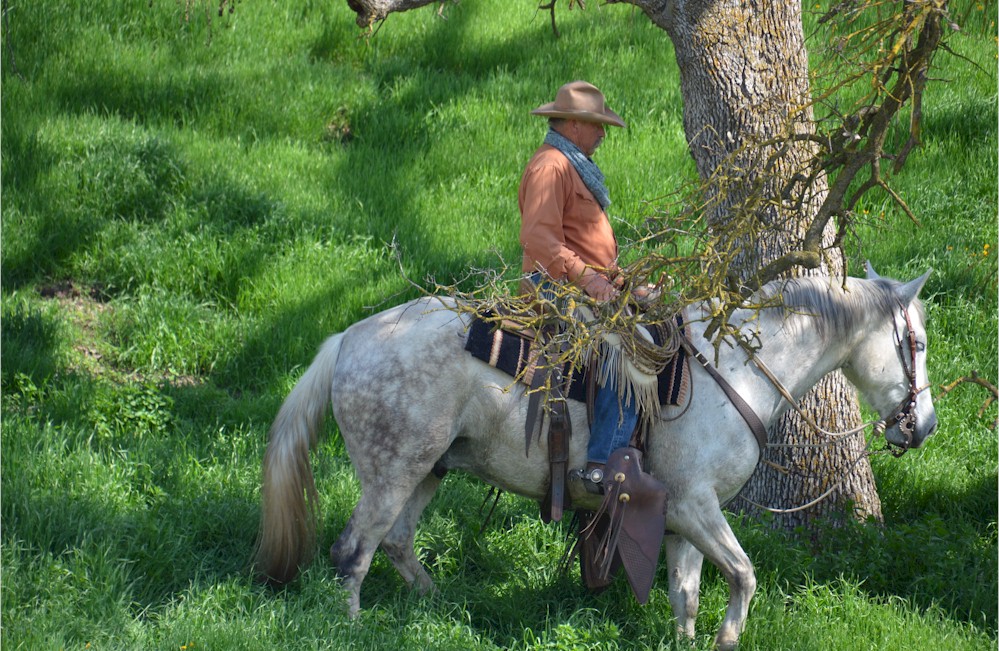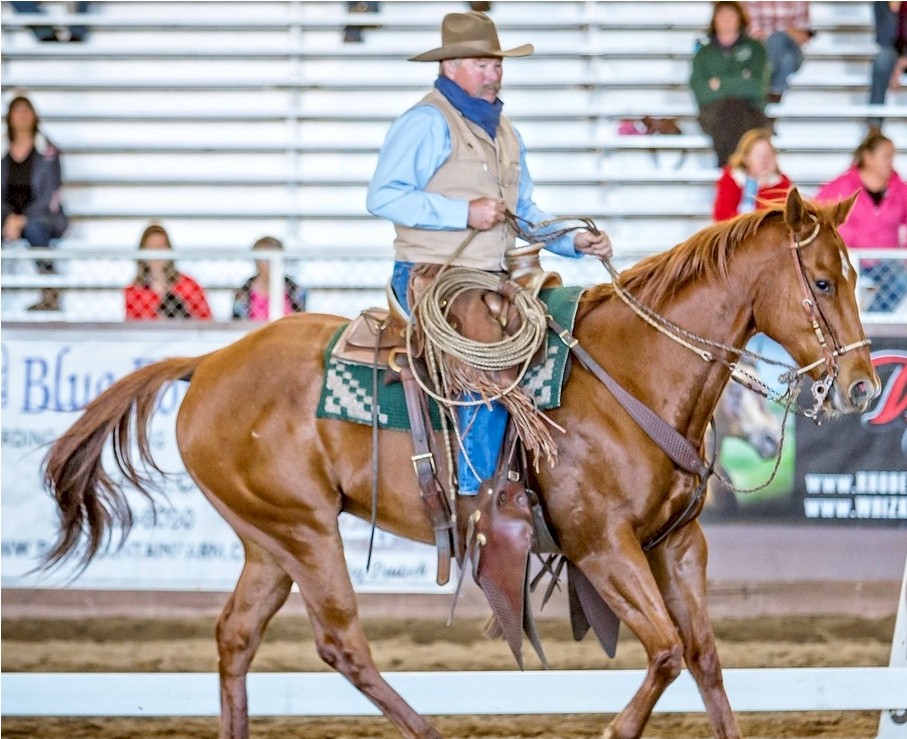Striking off, transitions Up and Down
Several years ago, I was fortunate to spend some quality
time with Jack Brainard while he was spending a couple of weeks with Pat Parelli
in Pagosa Springs CO. I learned quite a
bit about my horse’s feet and the results of actually affecting them; but from
a perspective that I, at the time, was completely ignorant. Jack really opened my eyes to the timing of a
horse preparing to utilize one foot or the other. I have since then spent countless hours
striving to hone his advice with varying success. OK! I feel like I got it. Now how do I implement it?
Master Horsemen like Lester Buckley, Eitan Beth-Halach my, Pat Parelli to
mention a few have impressed on me the value of my horse having some kind of
preparatory information about the upcoming assignment BEFORE the assignment
shows up. We’ve all heard for years now
about “life up, focus, phases of pressure” and that is all valid; but in the
midst of actually doing something, how do I squeeze all of that into my
transition? On a side note, many of my
students know that I am not very athletic, balanced, or graceful. The fact is that when I was in my mother’s
womb and these skills were being passed out, my mom must have been playing
Canasta with the neighbor because I didn’t get them. The benefit of that is that I have to study,
practice, fail; then try again in order to “get it” This little exercise that I
use was shared to me by several mentors. I’ll bet that all of you have heard
this and done it. The difference is that
only one has pointed out the value of breaking the exercise apart and using the
parts to really “get it”.
my, Pat Parelli to
mention a few have impressed on me the value of my horse having some kind of
preparatory information about the upcoming assignment BEFORE the assignment
shows up. We’ve all heard for years now
about “life up, focus, phases of pressure” and that is all valid; but in the
midst of actually doing something, how do I squeeze all of that into my
transition? On a side note, many of my
students know that I am not very athletic, balanced, or graceful. The fact is that when I was in my mother’s
womb and these skills were being passed out, my mom must have been playing
Canasta with the neighbor because I didn’t get them. The benefit of that is that I have to study,
practice, fail; then try again in order to “get it” This little exercise that I
use was shared to me by several mentors. I’ll bet that all of you have heard
this and done it. The difference is that
only one has pointed out the value of breaking the exercise apart and using the
parts to really “get it”.
The exercise is simply counting, initially, to five in time
with your horse’s footfalls. It’s important that you count out loud increasing
your volume and pitch for upward transitions as you count. The key is whether
your horse is actually preparing for the transition or waiting to be told to do
it. If you use the number 5 as your
count, then 3 is the fulcrum or balance point.
If I’m transitioning upward and I don’t feel my horse anticipating the
transition at five; then I mechanically add additional pressure until Five
shows up and we move to the next gait. Conversely
coming down to a slower gait I count from five to one lowering my voice. If I don’t feel a change in my horse at
three, I relax my body more or lift the reins; but do not make the change until
the count of one. This is nothing
new. The difference may be recognizing
that at “three” something needs to change within your horse; but not the
gait. Now all you have to do is find the
balance between prepare and “do it”. I
use this for nearly all of my transitions, laterally and longitudinally. After
my horse and I have worked out the five-count arrangement, I move to a three
count with the number two as the balance point.
Even though I’m counting up to five or three and down to 1, I actually
out loud say the name of the gait, not Five or three or one.

Now we can get back to Jack Brainard’s great teachings. When do I time my counting? If I’m
transitioning upward, I count as the leading leg is just coming off of the
ground. Conversely, I count for downward
transitions as the leading leg is going to the ground. OK, which one is the leading leg? If you have not spent much time with this
foot philosophy, you may get in the swing of things by counting with the front
feet. Your horse will be pretty pleased
that you’re at least in rhythm with him.
After a bit it will become simple for you that the leading foot is the
one that needs to go first in order for your horse to transition. I’m not that complicated a fellow and what
works well for me is changes of gait needs for me to count with the hind
feet. Changes of direction are usually
the front feet, exception being a turn on the forehand where I time with the
back feet. Left or right foot is
dependent on the direction I want to go.
When all is said and done, I expect that we wish for all of this to become
unconscious where we feel the anticipation, the wait, then the execution; but
we have to start somewhere. This little
exercise helps me.
See you down the trail,
Dave
 my, Pat Parelli to
mention a few have impressed on me the value of my horse having some kind of
preparatory information about the upcoming assignment BEFORE the assignment
shows up. We’ve all heard for years now
about “life up, focus, phases of pressure” and that is all valid; but in the
midst of actually doing something, how do I squeeze all of that into my
transition? On a side note, many of my
students know that I am not very athletic, balanced, or graceful. The fact is that when I was in my mother’s
womb and these skills were being passed out, my mom must have been playing
Canasta with the neighbor because I didn’t get them. The benefit of that is that I have to study,
practice, fail; then try again in order to “get it” This little exercise that I
use was shared to me by several mentors. I’ll bet that all of you have heard
this and done it. The difference is that
only one has pointed out the value of breaking the exercise apart and using the
parts to really “get it”.
my, Pat Parelli to
mention a few have impressed on me the value of my horse having some kind of
preparatory information about the upcoming assignment BEFORE the assignment
shows up. We’ve all heard for years now
about “life up, focus, phases of pressure” and that is all valid; but in the
midst of actually doing something, how do I squeeze all of that into my
transition? On a side note, many of my
students know that I am not very athletic, balanced, or graceful. The fact is that when I was in my mother’s
womb and these skills were being passed out, my mom must have been playing
Canasta with the neighbor because I didn’t get them. The benefit of that is that I have to study,
practice, fail; then try again in order to “get it” This little exercise that I
use was shared to me by several mentors. I’ll bet that all of you have heard
this and done it. The difference is that
only one has pointed out the value of breaking the exercise apart and using the
parts to really “get it”.